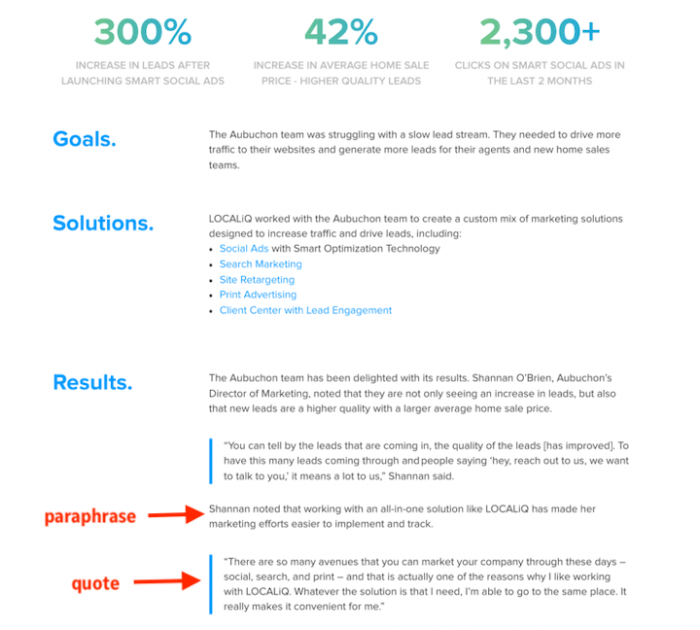Writing Case Studies: Crafting Compelling Narratives for Research and Analysis starts with a bang, diving into the world of case studies with a promise of intrigue and insight.
As we delve deeper, we uncover the essential components, writing process, and formatting tips that make case studies stand out in academia and business.
Understanding Case Studies: Writing Case Studies

In both academic and business contexts, a case study is a detailed analysis of a particular individual, group, event, or situation. It involves examining real-life scenarios to draw conclusions and insights.
Purpose of Writing Case Studies
Case studies serve multiple purposes, such as:
- Providing a deeper understanding of a specific subject or topic.
- Demonstrating practical applications of theoretical concepts.
- Showcasing real-world challenges and solutions.
- Offering insights for decision-making and problem-solving.
Industries/Disciplines Using Case Studies
Case studies are commonly used in industries such as:
- Marketing and advertising
- Healthcare and medicine
- Education and teaching
- Technology and software development
Importance of Case Studies
Case studies play a crucial role in research and analysis by:
- Providing concrete examples to support theories and hypotheses.
- Offering a rich source of data for qualitative research.
- Helping to identify patterns and trends in different contexts.
- Allowing for in-depth exploration of complex issues.
Elements of a Case Study

Case studies are an essential part of academic and professional research, providing in-depth analysis and insights into specific situations or phenomena. A well-structured case study typically includes the following key components:
Essential Components of a Well-Structured Case Study
- Introduction: Sets the stage for the case study, outlining the main issues or questions to be addressed.
- Background Information: Provides context and history related to the case, helping readers understand the significance of the study.
- Methodology: Describes the research methods and approaches used to collect data and analyze the case.
- Findings: Presents the results of the study, including data, observations, and key insights.
- Discussion: Analyzes the findings, interprets the results, and discusses their implications.
- Conclusion: Summarizes the key points of the case study and offers recommendations or suggestions for further research.
Role of Background Information in a Case Study
Background information plays a crucial role in a case study by providing context, establishing the relevance of the study, and helping readers understand the factors that influenced the outcomes. It sets the stage for the research, outlining the key events, people, and issues involved in the case.
Significance of Data Analysis and Interpretation
- Data analysis involves examining the information collected during the study to identify patterns, trends, and relationships.
- Interpretation of data helps researchers make sense of the findings, draw conclusions, and generate insights that contribute to the overall understanding of the case.
- Effective data analysis and interpretation are essential for validating the study’s results and ensuring the credibility and reliability of the findings.
Key Differences Between Quantitative and Qualitative Data, Writing Case Studies
- Quantitative data: Involves numerical information and statistical analysis, providing measurable and objective data for analysis.
- Qualitative data: Focuses on non-numerical information, such as words, images, and observations, offering insights into the meanings, experiences, and perspectives of individuals.
- Quantitative data is often used to quantify relationships and trends, while qualitative data helps researchers understand the context, motivations, and complexities of a case.
Writing Process for Case Studies
When it comes to writing a case study, there are several important steps to follow in order to create a compelling and informative narrative that effectively showcases your research and findings.
Planning a Case Study
Planning a case study involves outlining the objectives of the study, identifying key research questions, and determining the scope of the investigation. It is important to establish a clear structure and timeline for the project to ensure that all aspects are covered thoroughly.
Selecting a Suitable Case Study Subject
Choosing the right subject or topic for your case study is crucial. Look for a situation that is relevant, interesting, and offers unique insights or challenges. Consider the potential impact of the case study and whether it aligns with your research goals.
Conducting Research and Collecting Data
To gather data for your case study, utilize a variety of research methods such as interviews, surveys, observations, and analysis of existing literature. Be thorough in your data collection process and ensure that all information is accurate and reliable.
Organizing and Structuring the Narrative
When organizing your case study, start by outlining the key points and organizing them in a logical sequence. Consider using subheadings to break up the content and make it easier for readers to follow. Focus on presenting your findings in a clear and concise manner, supported by evidence and analysis.
Formatting and Presentation
When it comes to case studies, formatting and style play a crucial role in effectively communicating your findings and conclusions to your audience. A well-formatted case study not only enhances readability but also helps in highlighting key points and key information.
Importance of Formatting and Style
Proper formatting and style ensure that your case study report looks professional and organized. It helps in guiding the readers through the content, making it easier for them to follow the narrative and understand the key takeaways.
Creating a Visually Appealing Layout
- Use clear headings and subheadings to break down the content into manageable sections.
- Incorporate visuals such as charts, graphs, and images to illustrate data and key points effectively.
- Choose a clean and easy-to-read font, and maintain consistency throughout the report.
- Utilize bullet points and numbered lists to highlight important information and key findings.
Guidelines for Citing Sources and References
- Include a reference list at the end of the case study to acknowledge all sources used.
- Follow a consistent citation style, such as APA or MLA, to properly cite sources within the text.
- Use in-text citations when referring to specific information or data obtained from external sources.
Presenting Findings and Conclusions Effectively
- Summarize key findings at the beginning of the case study to provide an overview for the readers.
- Clearly state the conclusions drawn from the analysis and support them with relevant evidence from the case study.
- Avoid introducing new information in the conclusion and focus on summarizing the main points of the case study.






